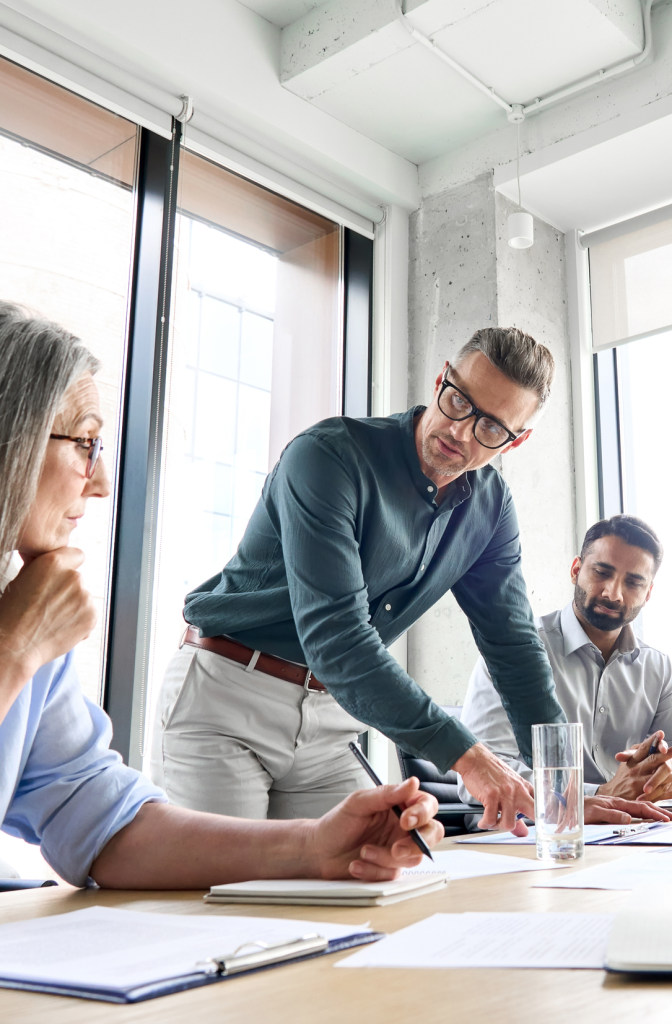I’ve talked before about the causes and consequences of climate change and the separate but connected issue of the pressure on our water sources and supplies. Scarcity of clean water can take the form of evaporating reservoirs and rivers, polluted seas or desertified habitats.
This week, yet another water-related cause and effect sailed into view in the form of an article about the impact of climate change on ships travelling through the Panama Canal. Lack of rain in the region means water levels have fallen. When the canal locks are opened, millions of litres of fresh water flow into the sea, which then needs to be replaced by more water flowing in. According to the consulting firm Everstream, around 200 million litres of water are needed for every ship that passes through the canal. That’s quite an H20 footprint. The average person in the UK uses about 142 litres of water per day, meaning the passage of one ship uses as much water as 1.4 million British citizens taking a shower and washing their dishes. For every ebb, there’s a flow.
As reduced rainfall means outflows from the canal are not immediately replaced, ships find it increasingly difficult to pass through. The Panama Canal Authority has started to restrict the maximum “draft” of the ships – the distance between the waterline and the bottom of the ship. To meet this requirement, the ships need to carry less goods, so they are not as heavy. With fewer containers on board, there is less income for the shipping company and so they are increasing their per container prices. Inevitably, these costs will be passed on to the consumer and here we have another inflationary pressure.
Long-term solutions to the water level problem are being considered, such as the construction of basins to collect freshwater for re-use. Saltwater desalination plants are also being considered. As with many of the challenges on the road to a low carbon economy and society, we have innovations and technologies we can employ to help us reach our goals. The issue is whether we can and are willing to deploy them widely and rapidly enough.
The international shipping trade is not just affected by the physical risks of climate change. It is also a significant part of the transition to Net Zero and therefore faces the challenges of increased costs, regulation and disruption to business as usual. It is a harder problem to solve than switching to electric vehicles or choosing renewable energy to heat our homes. It may surprise you to learn that the carbon emissions of the shipping and aviation industries were not account for in the historical 2015 COP Paris Agreement. This is partly because Paris climate targets rely on pledges by individual nations to reduce emissions. Given that ownership, registration, crews and travel of ships can spread across many countries, it is hard to allocate their emissions to any one state.
The carbon footprint of maritime trade is an area in which we, as individuals have limited capacity to effect change. The cargos most commonly transported along the canal are cars, oil, and grains. We can’t really ask that the cereal we pick up in the supermarket is free from grains that arrived by a carbon emitting, water displacing cargo ship. We could opt not to take a berth on a cruise ship, but we can’t easily control how our new car (whether EV or fossil fuelled) is delivered from overseas.
One way in which we might be able to support a more sustainable shipping industry is with the allocation of our investments. We can invest in businesses that offer components, processes and technology that help the industry do less environmental harm. We could also invest with fund managers that may hold shares in shipping companies or associated business and who use their expertise and share ownership rights to petition for change. We might also invest in companies helping to develop cleaner fuels for shipping, such as green hydrogen.
The fact is that it is often easier for our money to flow in a sustainable direction than it is for ships to sail smoothly through the Panama Canal. The construction of the canal in 1904 dramatically improved the efficiency and safety of global trade, reducing the length of the journey by more than 13,000 miles. By directing our capital towards a sustainable future, we can also accelerate progress towards a low carbon economy and positive outcomes for countries, citizens, and commerce.
All aboard!
(Pun intended with my Royal Naval roots)
To find out more and get the conversation started, click here: www.somersetwm.co.uk/contact
*Please note that capital is at risk and sustainable investments are designed for the long term.
Will climate change cut off the Panama Canal? – DW – 05/29/2023
This is the pathway to net-zero shipping | World Economic Forum (weforum.org)




